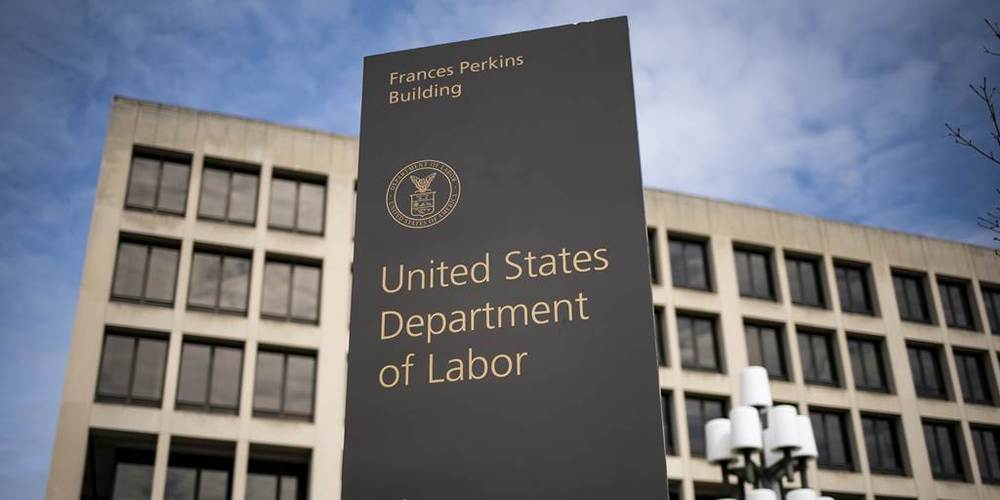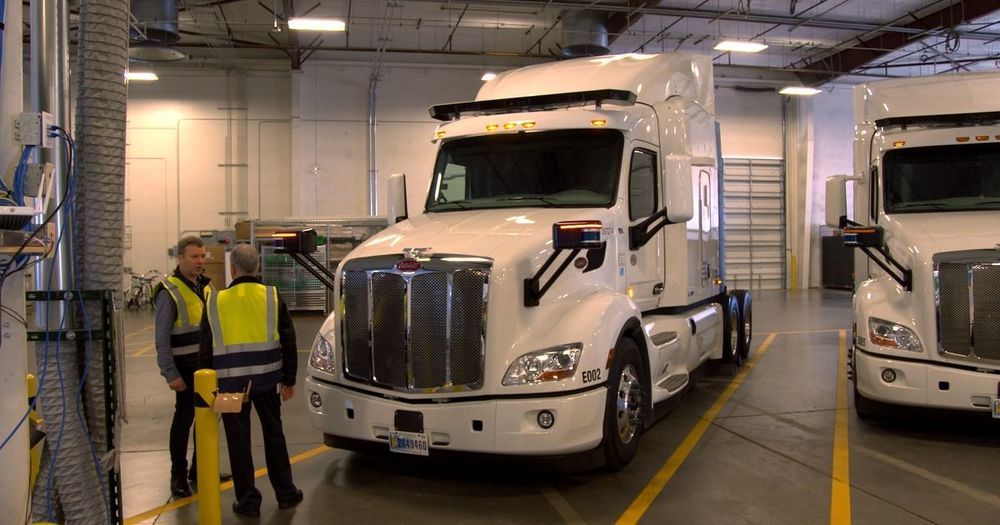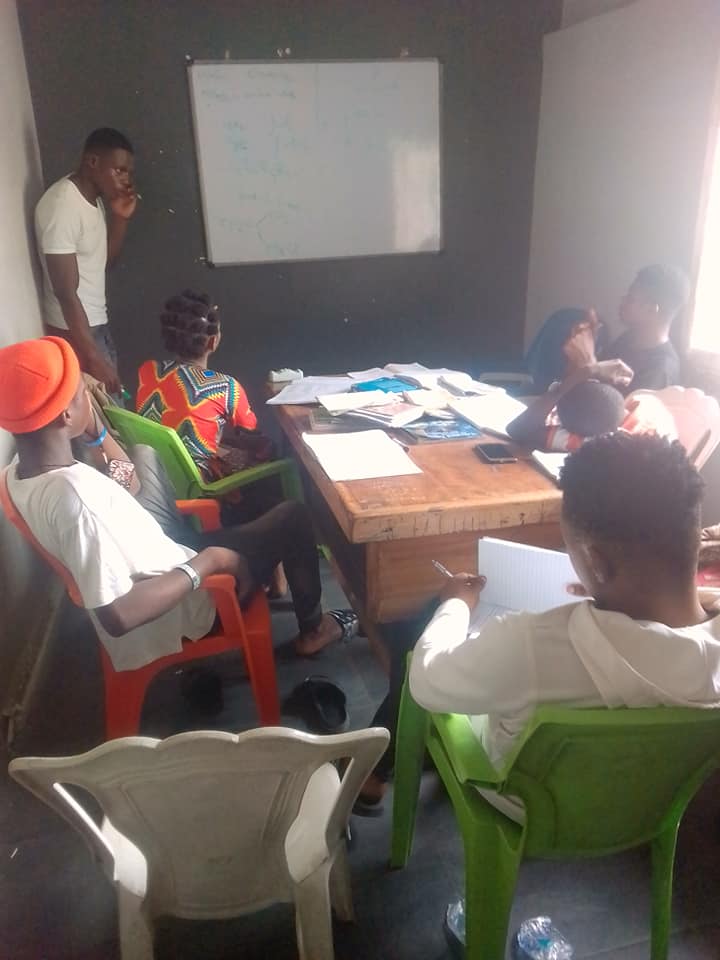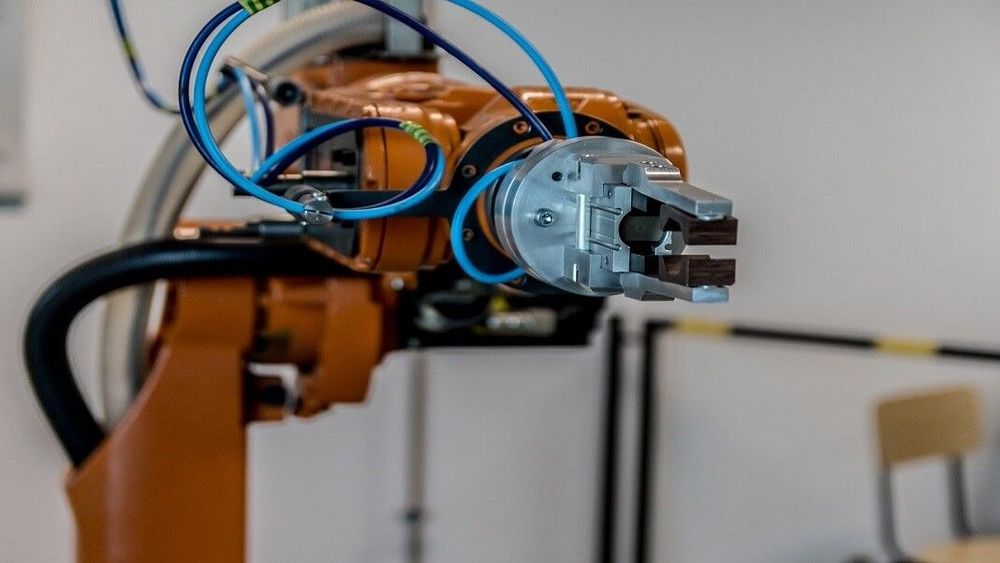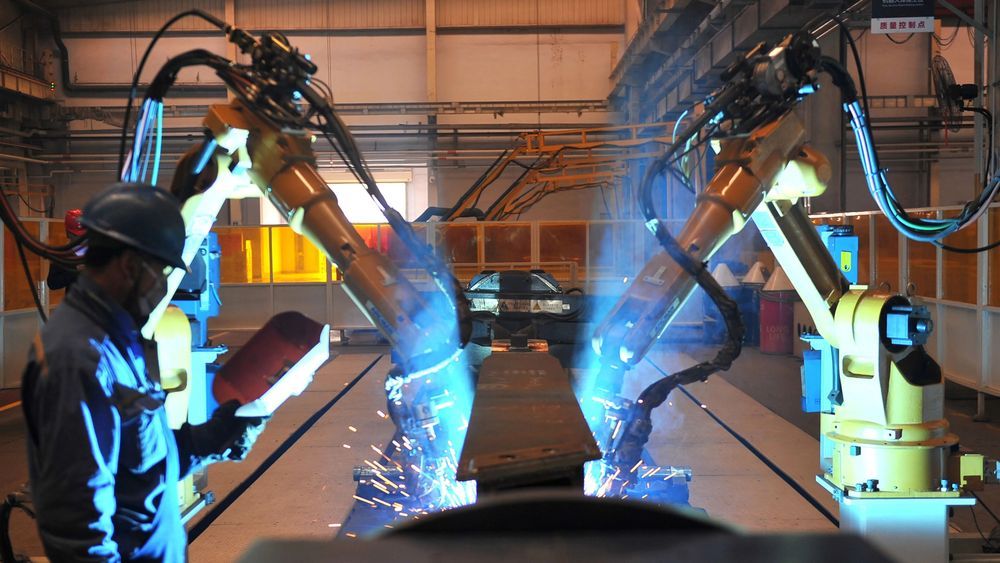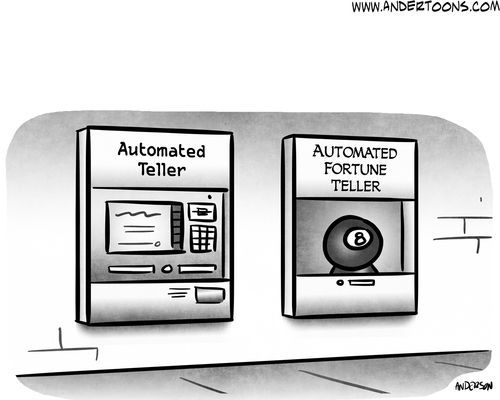#Israeli-made transportation app Moovit is continuing its global expansion and now provides its #urban mobility service in a total of 100 countries.
Moovit uses up to six billion anonymous data points daily, the company says, “to add to the world’s largest repository of transit and urban mobility data.” In addition to its popular app, the Ness Ziona-headquartered company also provides analytics platforms to cities, transit authorities and businesses, enabling optimized planning and operations for residents and employees.
“Urban mobility is the lifeline to jobs, healthcare, and education, so we are so proud that in just a few years Moovit is now providing service to millions of users in 100 countries, helping them get from A to B with confidence and convenience,” said Moovit co-founder and CEO Nir Erez.
“We have grown drastically, from offering a consumer app, to also now licensing a multitude of MaaS solutions to cities, governments, and transit agencies. We are also glad to see the likes of Uber, Microsoft, and Cubic choosing Moovit’s high-quality MaaS platform to power their mobility offering.
Moovit also announced the appointment of Uli Gal-Oz as the company’s new vice-president of business development. Gal-Oz, who most recently served as vice-president of business development at Magisto prior to its $200 million acquisition by Vimeo, will be tasked with overseeing Moovit’s initiatives with strategic partners and customers — including Uber, Microsoft and Cubic.
